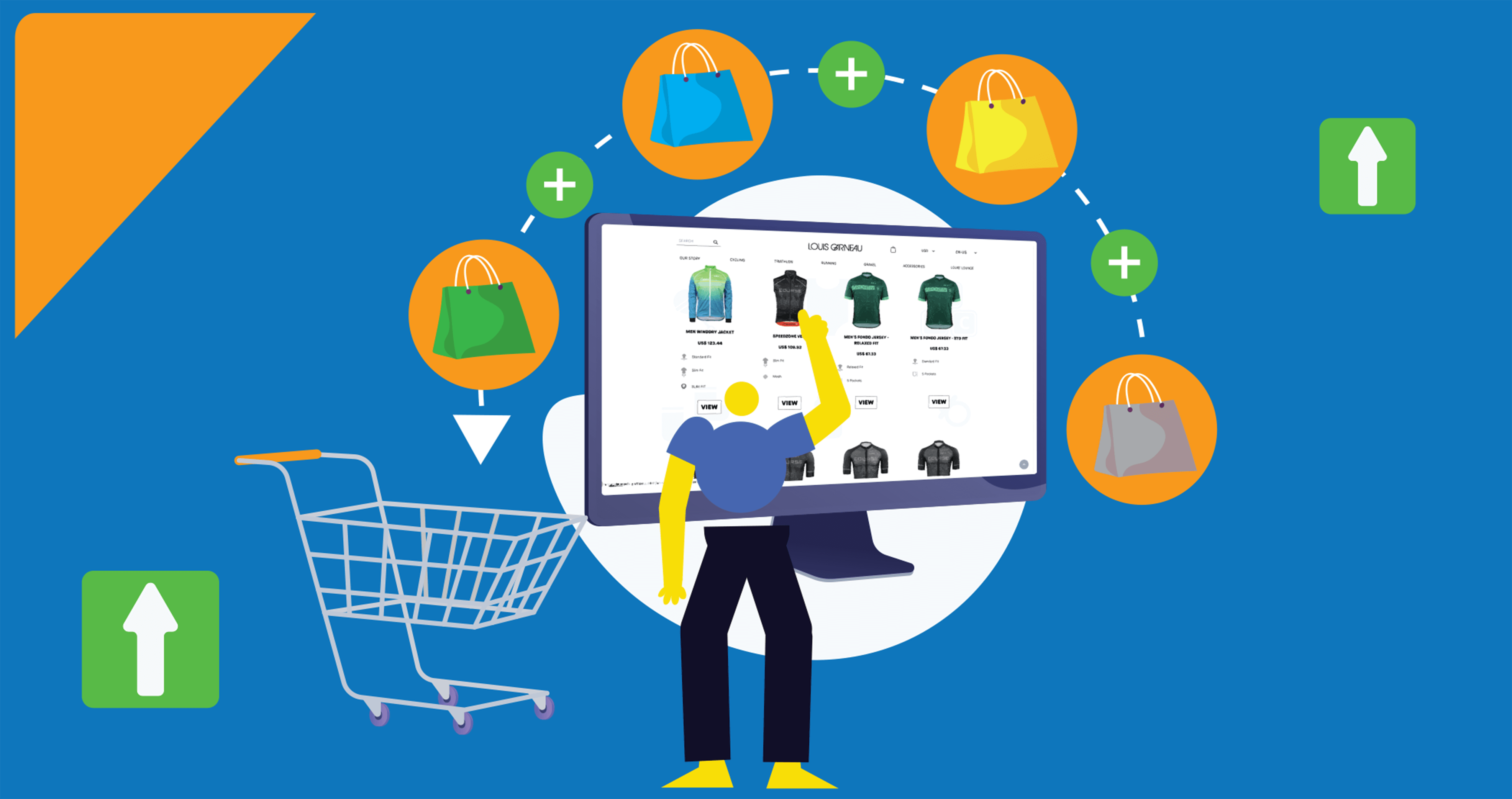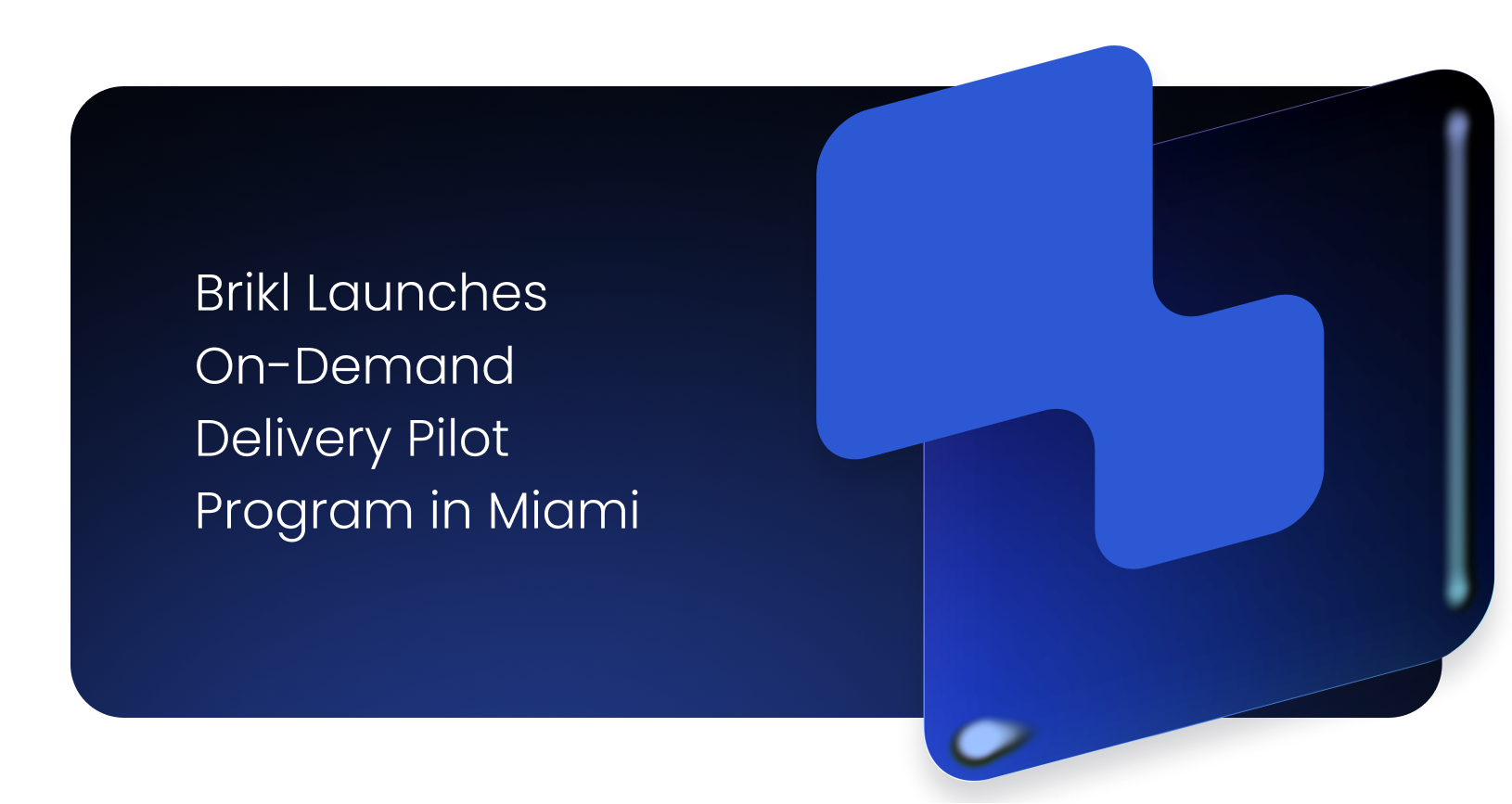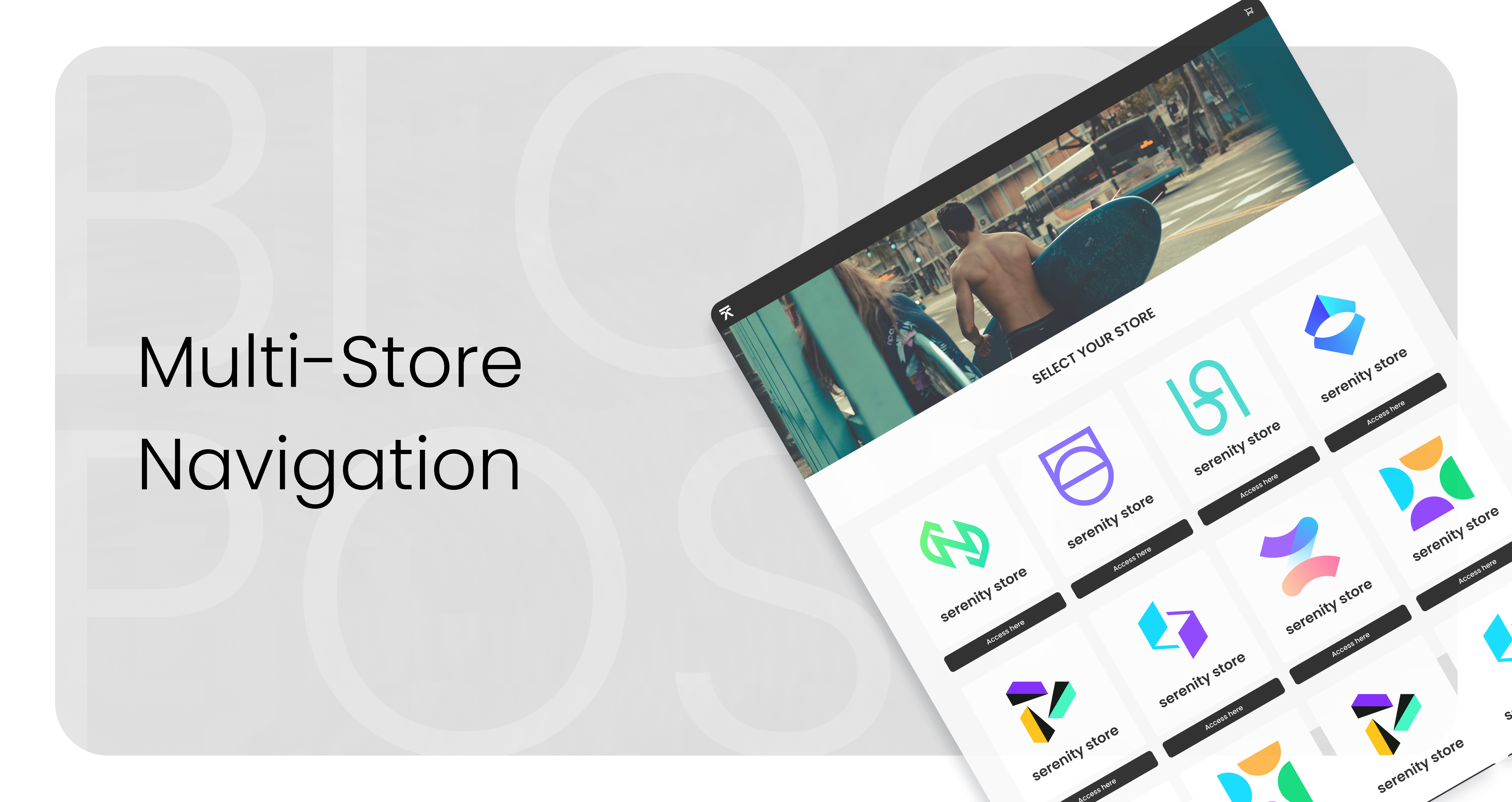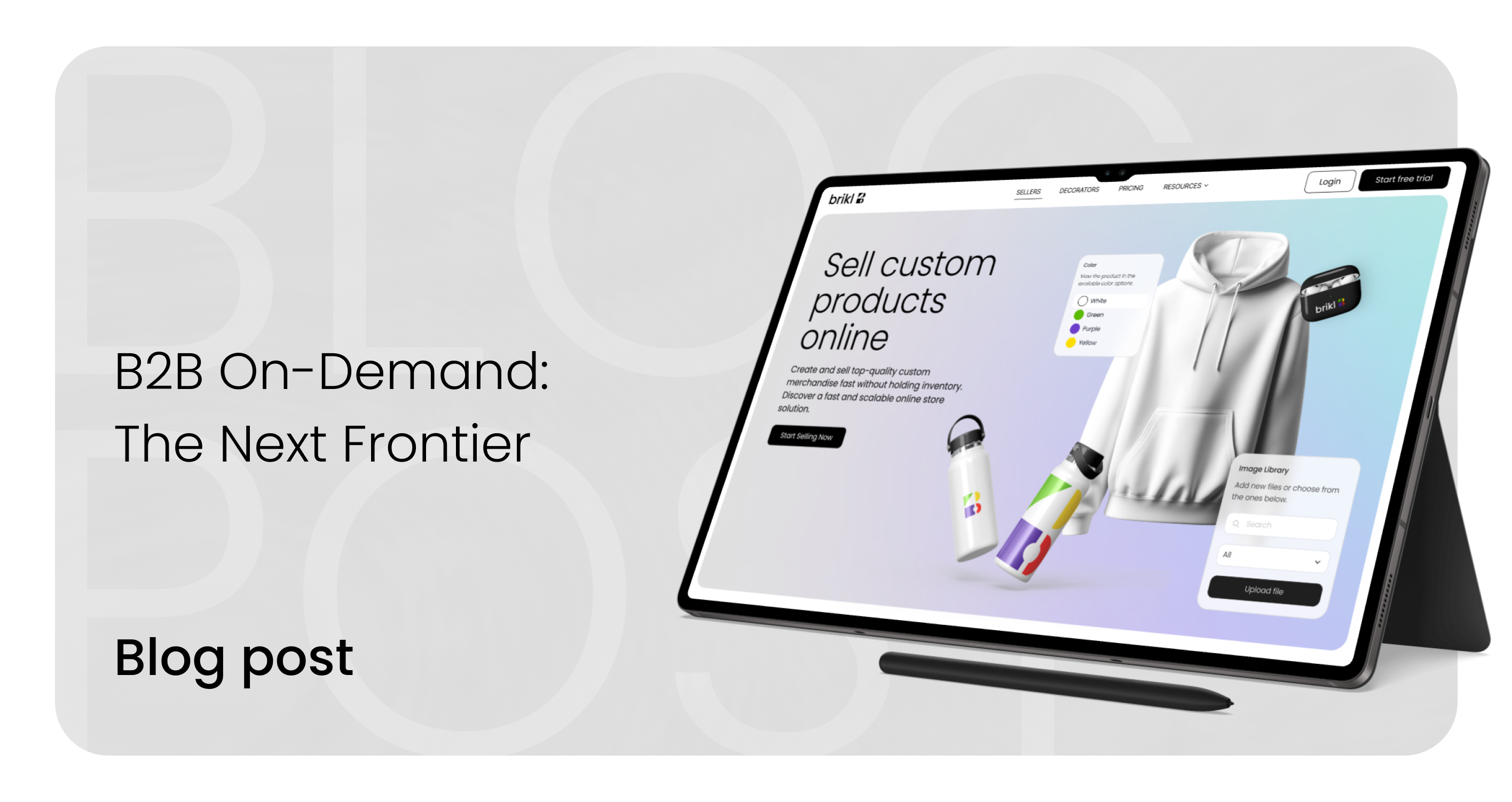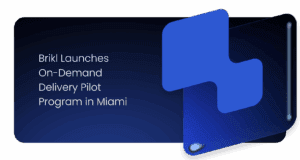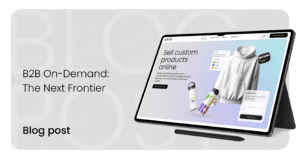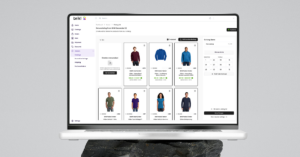If the difference between upselling and cross-selling is keeping you up at night, you’re not the only one! And rest assured that by the end of this article, you’ll be sleeping like a baby (preferably after you’ve finished reading!).
Okay, So Define The Terms: What is Cross-Selling and Upselling?
What is Cross-Selling?
Cross-selling, however, allows customers to buy related or complementary products. For example, if customers were to buy a pair of leather shoes, cross-selling shoe polish or laces to customers would be great products to appear at checkout.
In both cases, the convenient placement of suggested products allows customers to purchase related products, creates a personalized shopping experience, and increases order value for your business.
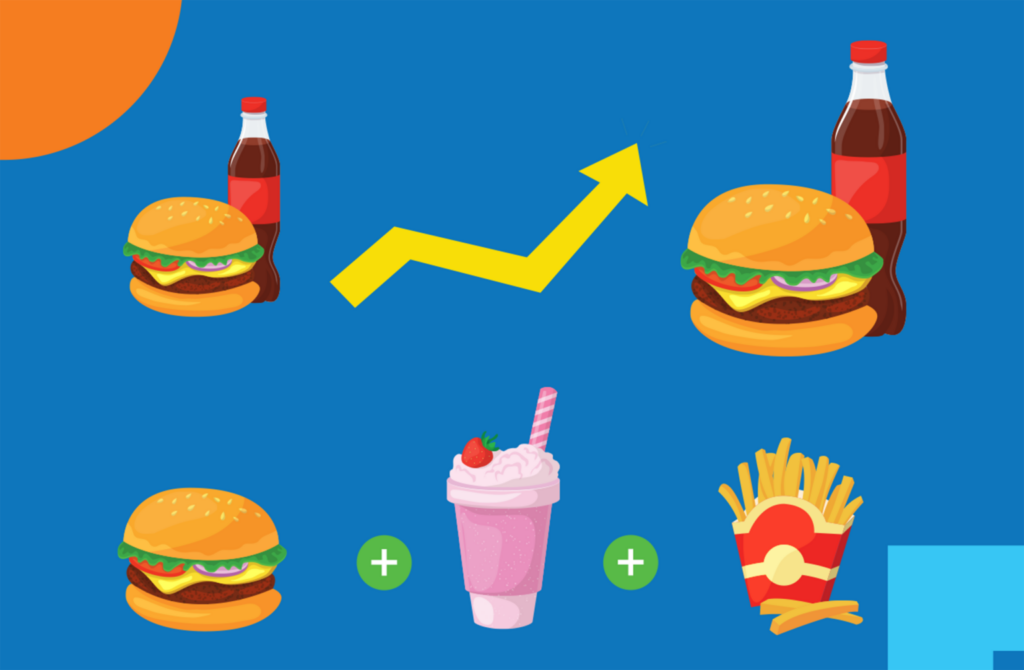
What are The Benefits Of Upselling to Your Customers?
Cross-sells and upsells are an easy win for increasing cart value once the user has already decided to make a purchase.
Related product functionality on product pages and at checkout present your customer products when the timing is perfectly aligned with their inclination to buy. And it also shows the breadth of your product or service offering as a retailer, increasing customer retention.
Because don’t forget, it’s not just about incentivizing purchases from new customers. Existing customers also want a reason to keep coming back, which is where upselling and cross-selling can be powerful, multi-faceted sales techniques.
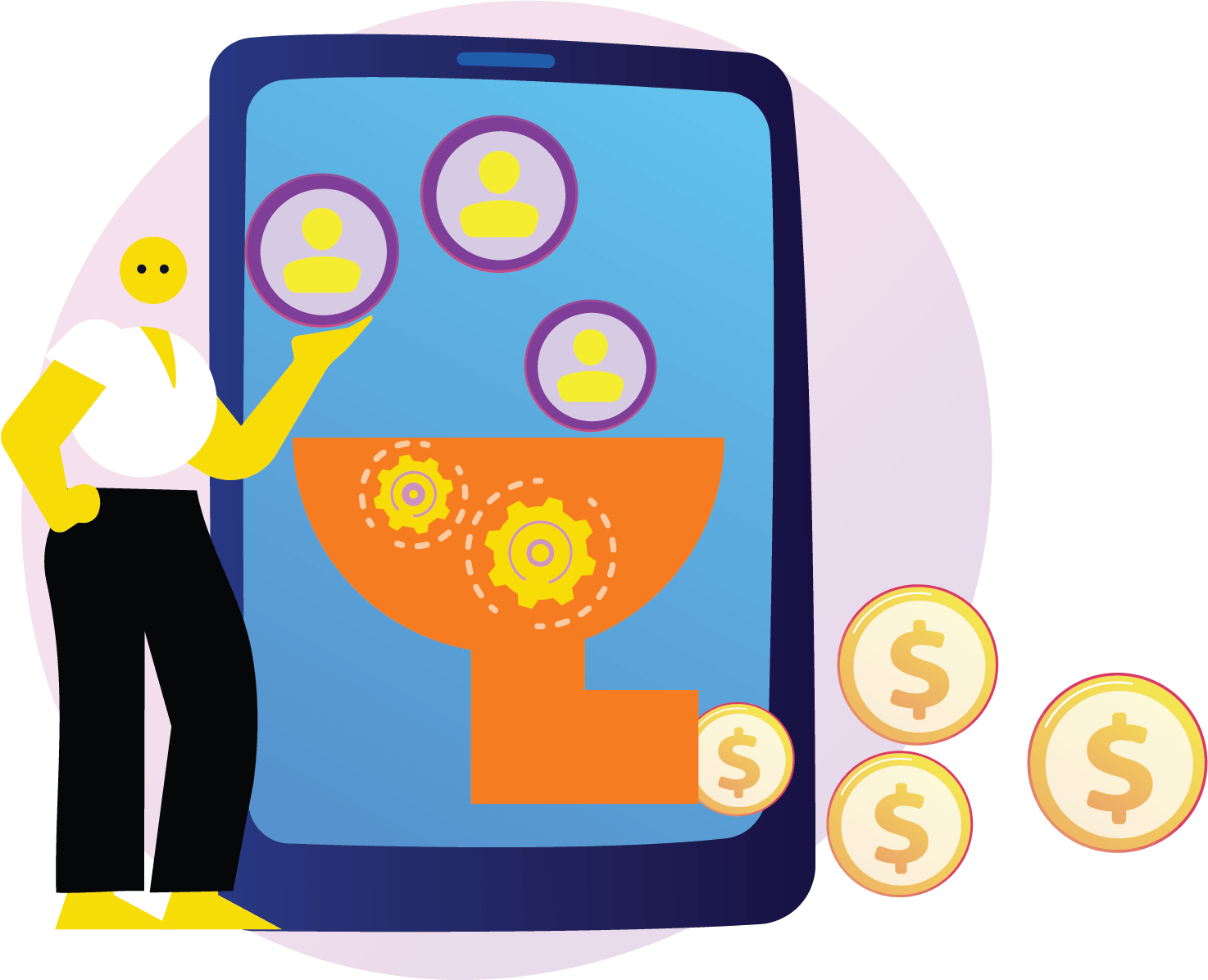
Cross-Selling And Upselling Best Practices: How to Drive Value For Your Customers
Upselling is one of the best sales techniques and increases the customer experience across your online store; it’s 20 times more effective than cross-selling. But bear in mind that…
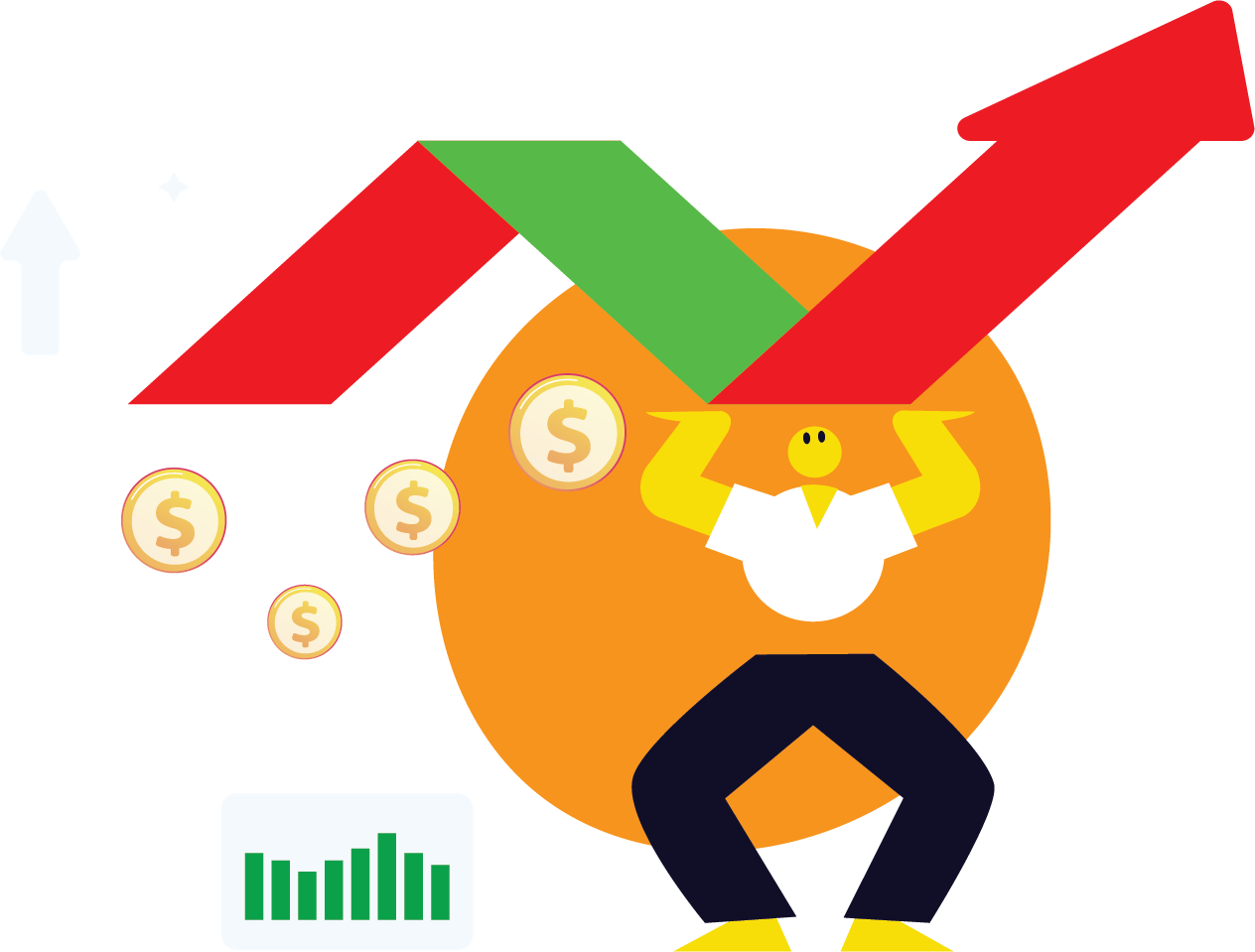
The Price Needs to Be Right
Relevancy is everything when it comes to upselling in eCommerce, including the price point.
Psychology professor Niro Sivanathan from London Business School and Management and organizations expert Nathan C. Pettit of Cornell University revealed that shoppers contemplate purchases from an emotional and practical standpoint. This is why it’s good to increase prices in a measured way by marketing your most expensive products in a way that addresses both.
Maintain a price margin that’s no more than 50% and prioritize relevance over high price points when upselling instead of just looking to maximize profits. And never underestimate the efficacy of giving your customers options when it comes to price.
Think about adding value to the customer journey by suggesting related products at various price points to encourage your customers to spend without feeling overwhelmed.
Recommended and Related Products
One of the most effective upselling techniques is to add related products and recommendations options as feeds to your store.
Take hosting your company website on Brikl as an example. Brikl lets you set purchase recommendations to your store that can display products on the higher end of your customer’s budget and cross-selling related items to make a sale on a product or service at an optimal time.
But always bear in mind the placement of products during the customer journey when trying to incentivize customers to buy. And while doing this, think about your experience of online shopping: when are you most likely to engage with upselling and cross-selling options?
Create upselling opportunities on a product page and add-ons at checkout to point to products that could enhance, upgrade, or incentivize a sale.
The timeliness and relevancy of presenting additional products make this a key ecommerce strategy while helping you curate and sell surplus stock in your inventory in a way your customers love.
Offer Value for Money Through Packages, Bundles, and Collections
Creating bundles, packages, and collections shows your customers that you understand their motivations for buying certain items while allowing you an opportunity to suggest another product or service or other items to complement a purchase.
Len Markidan from the software company Groove says it best when saying, “Upselling isn’t just a sales tactic; it’s a customer happiness tactic that can help you build deeper relationships with customers by delivering more value.”
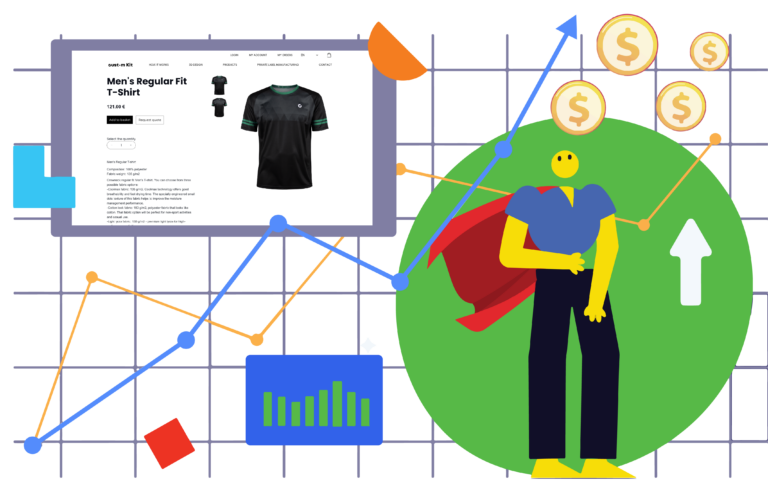
Offer Free Shipping
A recent UPS survey showed how 43% of online shoppers research delivery costs when shopping on ecommerce sites. You can leverage this upselling technique during your upselling process to make your products more attractive.
But businesses need to make money, including the delivery services you offer. So set a minimum spending threshold for a customer to qualify for free shipping and keep reminding your customer of that threshold through a sticky banner on a product page or pop-up features at basket level.
Doing so drives value and revenue in a way that doesn’t feel intrusive while allowing your customer to feel as though they’re benefitting from add-ons.
Think About Giving Something Away for Free
Stores that give things away are more likely to counterintuitively profit. This is because it’s in our nature to respond positively to a kind or generous act.
Behavioral economist Dan Ariely explains, “Reciprocity is a very, very strong instinct. If somebody does something for you, you really feel a rather surprisingly strong obligation to do something back for them.” So, when a burger place offers free mini-sliders, passersby find themselves accepting the free offer and then purchasing a full-sized hamburger afterward.
Offer your customers a 100% discount code on your surplus stock or inventory, offer them free samples, or give out a free reward for new customers or an existing customer. The added value on a psychological level could add untold amounts of revenue to your business over time.
Conclusion
You’ll never go wrong by taking a customer-centric approach to the way you sell (and upsell)! One of the many benefits of prioritizing customer experience over short-term monetary gain is retention and loyalty, a key e-commerce sales and marketing strategy that will encourage your customers to spend money over time instead of a one-time purchase.
Take a look at other big players and businesses in your space for working examples of how to approach your demographic with timely, highly personalized, and relevant ways of presenting upselling and cross-selling opportunities and copy their strategy. And if you’re a business that sells custom and promotional products and want to hear the benefits of these techniques first-hand, get in touch for a no-obligation demo tailored to your current challenges and business goals.


